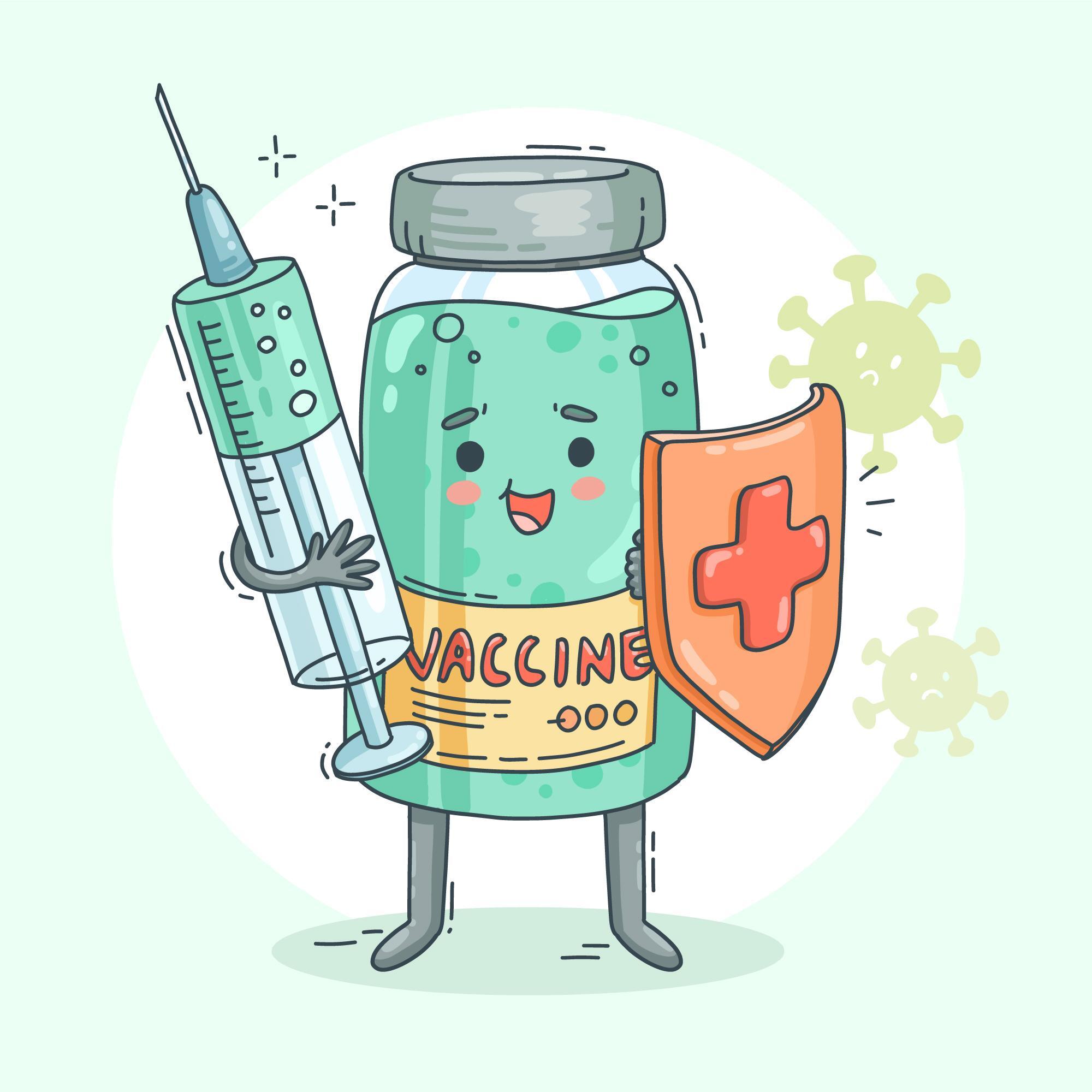While the older generations question the very existence of the concept of diapers as a lazy mother’s practice, modern parenting looks at disposable diapers as a godsend. A guide for diaper use becomes absolutely necessary!
Disposable diapers save messy washes, are hygienic and keep babies dry at all times, linking them to happier, less cranky babies and a less-stressed you.
Diapering, if followed correctly, can be all of the above, and we’re positive this guide for diaper use will help you in every way possible.
Good Quality Diapers
Invest in a good brand of diapers after reading up about the available brands. Remember expensive doesn’t always mean good! See different brands and sizes, and you will finally find the brand that ticks all the boxes. You may run low or out of diapers on a crazy day, so go for a brand that you may easily find at your local pharmacy.
Your baby’s weight determines diaper sizes (which changes very fast, so there is no point in hoarding current sizes). Keep checking if the diapers are getting tight. You should be able to slip your finger inside the rims of the legs comfortably. Skin needs to breathe, and a well-fitting diaper will keep your baby dry and comfortable.
Here’s a rough diaper size guide for your baby, depending on weight. Remember, these sizes may vary from brand to brand:
Diaper Size
Weight (in lbs and kilos)
- Small (S): 8-17 lbs / 4-8 kgs
- Medium (M): 15-26 lbs / 7-12 kgs
- Large (L): 19-30 lbs / 9-14 kgs
- Extra Large (XL): 26-37 lbs / 12-17 kgs
- Extra Extra Large (XXL): 33-55 lbs / 15-25 kgs
The Other Paraphernalia You Need
- A waterproof sheet (to place your baby during changes)
- Unscented wet wipes (to wipe your baby’s bottom before the change)
- Paper bags / recyclable plastic bags (to put the soiled diaper in)
- Diaper rash cream / barrier cream (your baby may be prone to diaper rash, and the cream helps prevent/soothe the rash)
- A small toy (to keep your baby’s hands busy while you change them)
Diaper rash can happen despite the best care. Diaper rash occurs due to a lack of diapering hygiene, an upset stomach, teething, lactose intolerance or indigestion. Although watching our baby in pain breaks our heart, diaper rash goes away real soon.
To avoid diaper rash, apply the rash barrier cream during every diaper change, wash your baby’s bottom thoroughly during baths, and go diaper-free for a couple of hours daily. And you will learn to deal with this bane of diapering soon enough!
Tips For Good Diaper Hygiene
Here are some tips to keep in mind as a general guide for diaper use:
- Change diapers frequently (once in 3.5 to 4 hours).
- Wash your hands with a good antibacterial soap before diaper changes. If outdoors, use a hand sanitizer to sanitize before and after diapering thoroughly.
- Do not fasten diapers extra tight (in case of taped diapers). Friction and chafing cause nappy rash too!
- Clean up appropriately (front to back for girls and the reverse for boys) with a soft washcloth or cotton when indoors. Ideally, it would help if you use a basin with warm water and a soft cloth. Use good quality unscented baby soap. Use wipes outdoors or at nights.
- Allow diaper-free time compulsorily, especially longer in hot and humid climates.
- Dispose used diapers responsibly.
Cloth Diapers
Many parents prefer the eco-friendly cloth diapers for their little ones. Cloth diapers are more breathable and softer. Therefore, they are more gentle on a baby’s skin and cause less chafing. Cloth diapers come in different sizes and colors and have other inserts. Depending on the insert, a cloth diaper needs a change every 2 to 4 hours. Though cloth diapers are more environmentally friendly and gentler than their plastic-based counterparts, you have to wash cloth diapers after every use, unlike disposable diapers.
Toilet Training
Diapering won’t last forever! You will soon transition to toilet training your little one. But don’t rush it! A perfect indicator of your baby being ready to toilet train will be when you understand perfectly when your bub needs to “go”, dry night-time diapers, among other indicators. Toilet train your little one slowly. Start by cutting down on diaper time, transitioning to diapers only when outdoors and finally to no diapers! Hurrah! Accidents may happen for a long time, but that may also pass.
Takeaway
After going through this guide to diaper use, you will realize that a combination of good products, ample free time, strict hygiene and good diapering practices will go far in ensuring that your baby is comfortable, less fussy, and you are a less stressed parent.
Also read: Diaper Rash – Home Remedies & More






